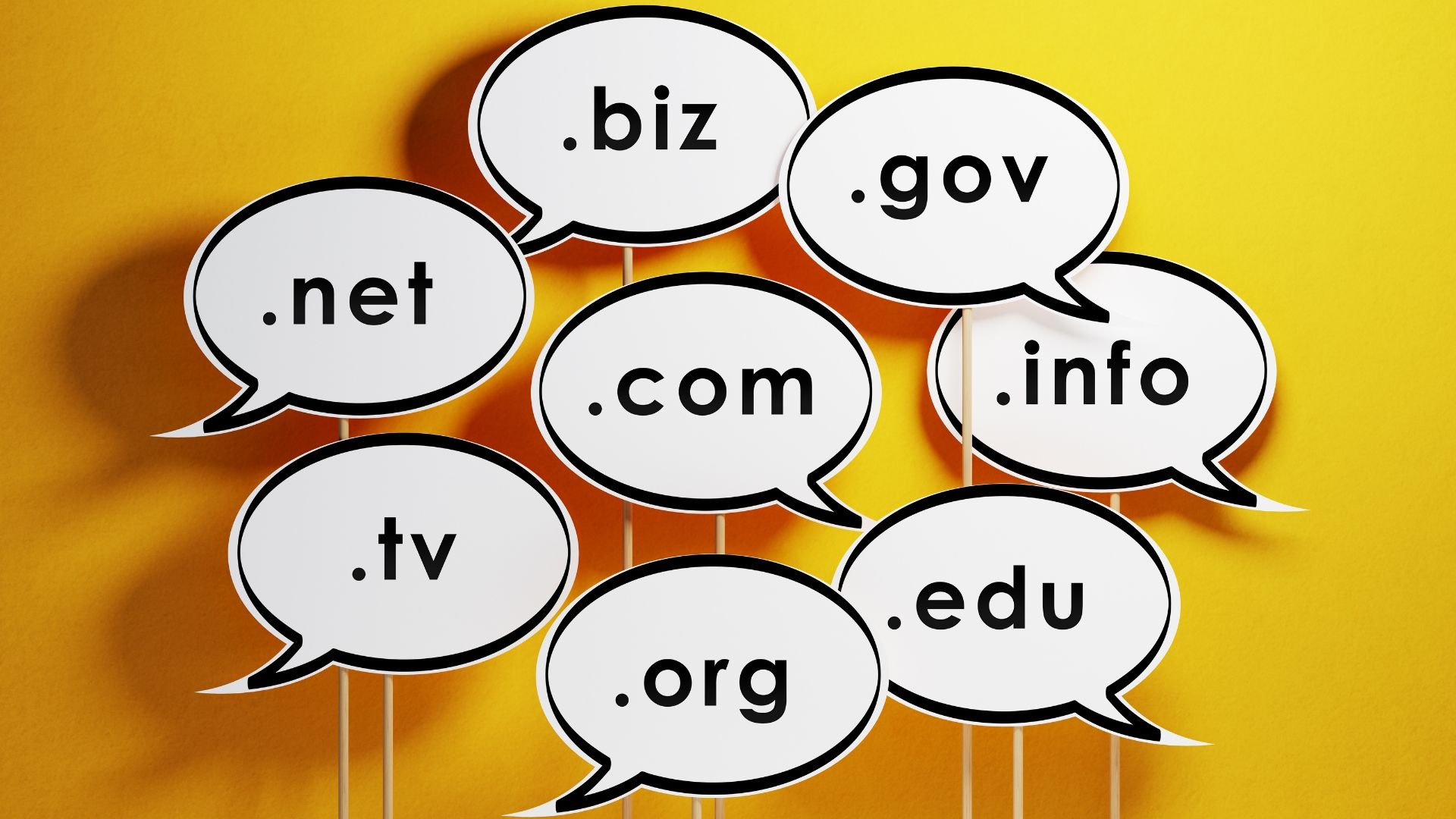When we talk about SEO, sometimes our clients ask us, “What is Domain Authority?” Basically, Domain Authority refers to how much Google trusts a website over its competitors. This metric gauges how eminent and influential a particular domain is within an industry. Like search engine rankings, various factors influence Domain Authority, and the details can get pretty technical. Regardless, it’s a relatively good metric for comparing the websites of similar companies. Let’s take a closer look at Domain Authority and why it matters.
Domain Analysis
Before we begin, it’s worth noting a critical distinction in terminology. When some people use the term “domain authority,” they may be generically referring to different forms of domain analysis. While this isn’t necessarily wrong, it can cause some confusion.
In most cases, the term “Domain Authority” refers to a proprietary metric first developed by Moz, the renowned digital marketing company. However, Moz isn’t the only company with a proprietary form of domain analysis. Both Ahrefs and Semrush feature their own metrics, respectively dubbed Domain Rating and Authority Score.
In general, these different metrics accomplish similar goals. They likely consider most, if not all, of the same indicators of a website’s trustworthiness like
backlinks,
mobile optimization, and original content. At the end of the day, they’re basically just branded flavors of comparable products, like Pepsi and Coca-Cola.
Moz’s Domain Authority
When it comes to domain analysis, Moz is the gold standard. It’s well-known for its Domain Authority (DA) metric that ranks domains on a logarithmic scale from 1 to 100. This simply means that it’s much harder to go from 70 to 80 than from 10 to 20.
Domain Authority predicts how likely a website is to rank on search engine results pages (SERPs). Higher scores indicate more authority, and domains are scored based on a variety of factors. Moz keeps its exact ranking factors somewhat secret, but DA considers things like a website’s link profile, MozRank score, and MozTrust score.
MozRank and MozTrust measure the popularity and trustworthiness, respectively, of a domain’s link profile. A domain's link profile consists of things like linking URLs, linking root domains, linking subdomains, and the use of anchor text. It also includes linking pages, follow and nofollow links, and redirecting links, as well as new and old links.
When considering any website’s link profile, quality AND quantity are the main parameters. The truth is not all links are created equal. Relevant, high-quality organic links are always better than paid, “spammy” links. In fact, Google often penalizes these so-called link schemes. That’s why Moz also measures domains’ Spam Scores, though they don’t directly impact DA scores.
It’s worth noting that Moz and Google are separate entities, and DA doesn’t directly affect a website’s search engine rankings. While they may be correlated, DA isn't a ranking factor. It’s a relative metric used to compare websites to industry competitors that may use the same keywords.
What Is a Good Domain Authority?
Brand new websites often begin with a Domain Authority score of 1, and scores fluctuate over time. Since DA is a comparative metric, it’s hard to make an absolute distinction between “good” and “bad” scores. That said, higher scores are preferable to lower scores within the same industry.
In general, DA scores from 30 to 40 are considered respectable. However, they don’t happen by accident. Because DA is scored on a logarithmic scale, higher ranks are increasingly difficult to reach. While just about any website can achieve a DA score of 10 after about a year, scores above 30 require dedication and attention to detail. They’re bestowed upon popular, optimized websites that feature hundreds of high-quality backlinks and regular content updates.
While Domain Authority is a useful metric in its own right, it’s just one singular tool. Any good SEO strategy involves numerous best practices for improving a website’s search engine rankings, including DA tracking. If you’re looking to improve your website’s SEO, then we encourage you to contact us for more information. Our team is eager to help improve your Domain Authority today.
Latest Posts



